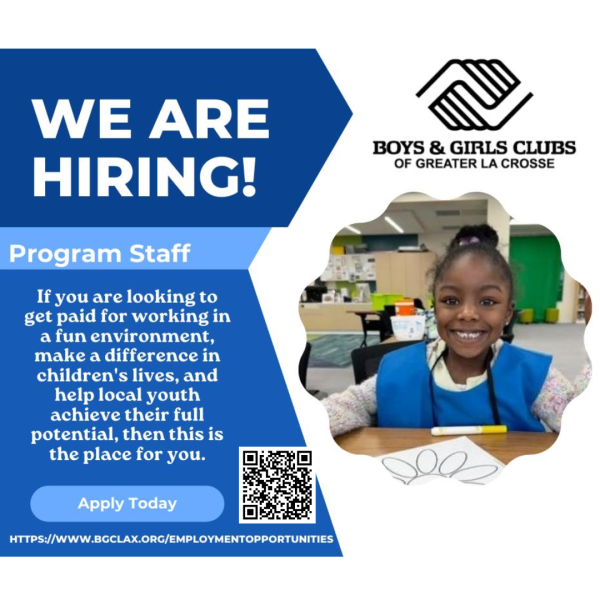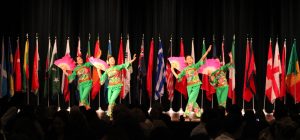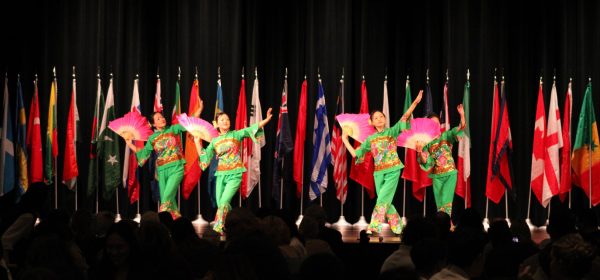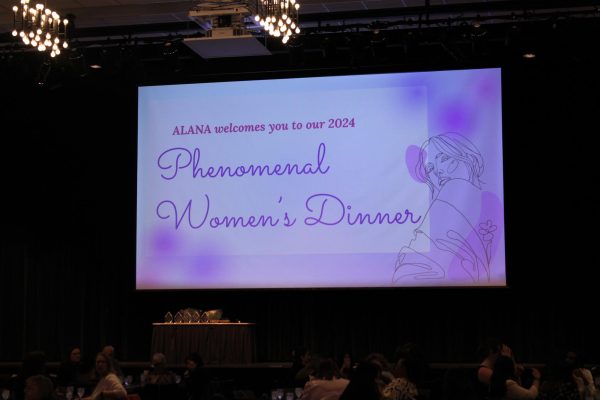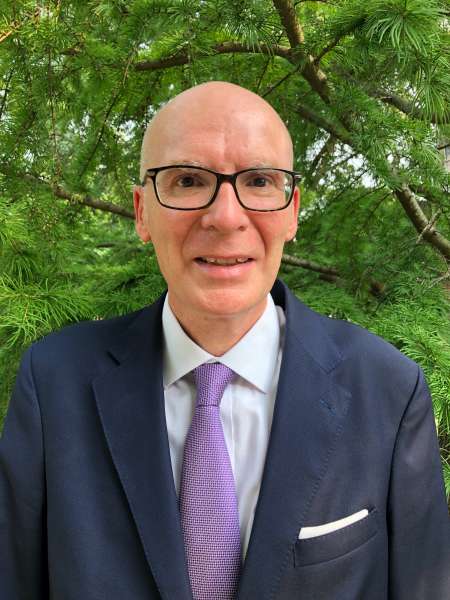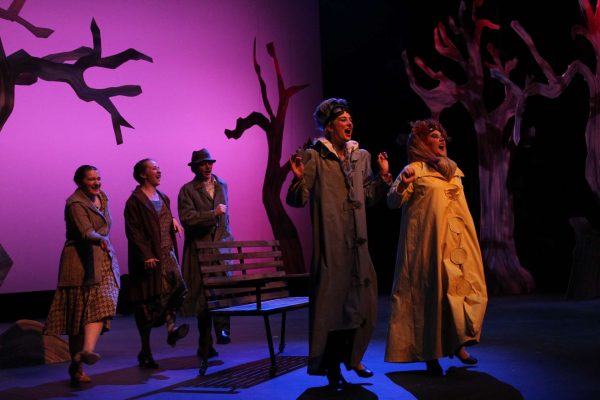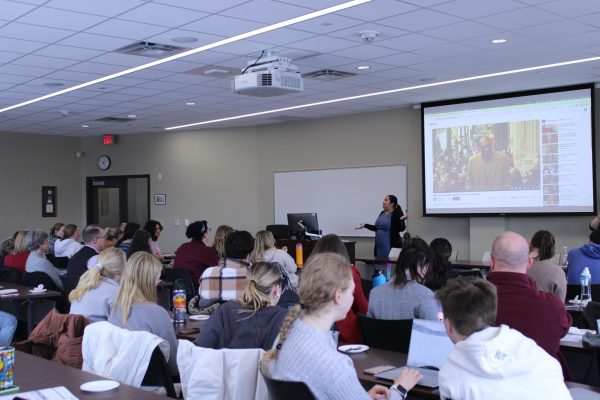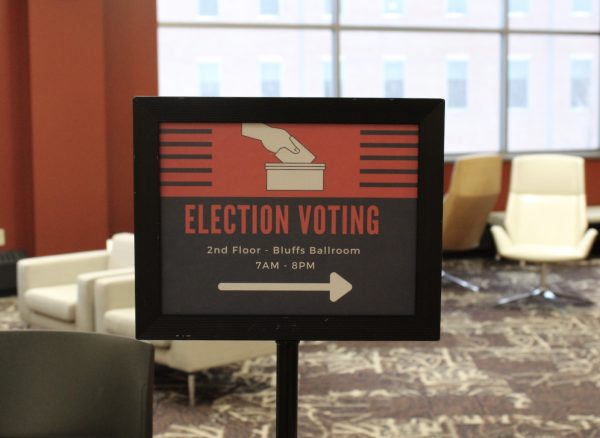Understanding cultural differences on a multicultural campus
November 11, 2014
Chris Taylor, Diversity Outreach Program Manager at the Minnesota Historical Society, presented his “Head, Heart and Hands: Self-Awareness to Increase Cultural Competence,” to the UW-La Crosse community on Nov. 6. This three-part concept focuses on how to positively interact with diverse personas on campus, how to expand our capabilities with living in a global society and to ultimately be conscious of cultural surroundings. The first part of cultural competence is knowledge, which exemplifies a cultural self-awareness of what one knows and what one doesn’t know. There is knowledge that people think they know but don’t. For example, stereotypes and assumptions, “Which are the most lethal forms of knowledge in our generation today,” said Taylor. The heart portion makes up empathy or the emotional aspect: allowing one to identify that cultural similarities and differences exist in today’s society. Being able to be open about others’ values and beliefs but not giving up one’s own truly defines empathy in this stage of the process. Next is the hand part: interpersonal interaction and people skills, which permit others to communicate with diverse individuals and allow them be more inclusive. “Inclusion is the idea of benefiting of the diversity around you which in the long run can make surroundings better for everyone,” added Taylor. By using cosmopolitan communication and creating room for others to be different, one can view others from the perspective of their own cultural norm but still be tolerant and accept the fact that everyone is uniquely different. Diversity can be grouped in many ways such as social class, gender, race, ethnicity and many more, but by celebrating each difference, it can put folks one step further in an inclusive community where diversity isn’t such a negative attribute. This generation is the most racially diverse population in American history, and low levels of social trust impact how future generations will adapt to the norms of society. The first step that Taylor suggested the population take to fix this phenomenon is to figure out their individual identity or “multi-cultural self.” This would allow deeper connections with diverse individuals and the realization of the affects one has on others around them. The quicker one can define this, the better chance of being able to work in groups of diversity; which leads to the better chance of innovation, performance and capability of everyone involved. What happens when a person engages another person whose views or cultural beliefs are different than their own? By identifying with Taylor and incorporating cultural competence, people would be able to understand different beliefs and accept the fact that just because they don’t agree with someone else, they aren’t incorrect or immoral. “The majority of people have heard the phrase ignorance is bliss. Well, not in this case, and we need to understand the difference of ourselves and relate to others around us,” said Taylor. The one thing Taylor wanted listeners to get out of his presentation is that the closer the world is to becoming an inclusive society, the better off it will be in the long run.


